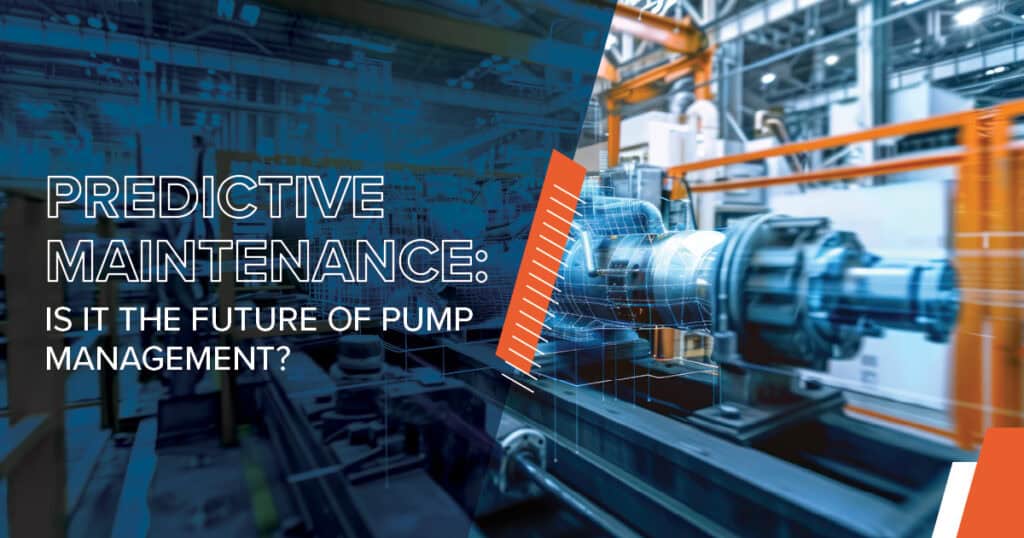In many ways, predictive maintenance has already shaped present-day pump management solutions. Predictive technology has streamlined monitoring, analysis, and maintenance processes for many operators across the globe. The right combination of monitoring and control systems with advanced AI analytics tools can dramatically improve the performance, productivity, and longevity of your pump equipment.
Ultimately, the proper use of predictive maintenance technology will improve your bottom line with long-term cost savings. Pump systems can be optimized for maximum energy efficiency and output. Maintenance tasks are perfectly timed for the best results. Fewer breakdowns and shutdowns for repairs occur. Meanwhile, the equipment lasts longer and doesn’t need to be replaced as often. All of these are great benefits of predictive maintenance that many pump operators and facility managers have realized.
Now these questions remain: What does the future of predictive maintenance hold? How advanced can and will it get? How will it benefit operators in new ways?
The Future of Predictive Pump Maintenance
Think about how quickly technology has advanced in our industry in the last 100 years, let alone the last 20 to 30 years. It has impacted every single aspect of our lives and businesses. Predictive maintenance is one of the biggest Internet of Things (IoT) solutions that has affected the pump industry. Recent years have seen incredible growth in the use of predictive maintenance methods, and this trend will only continue to expand as the technology evolves.
One key aspect of predictive maintenance relies on the AI-based software used for pump system monitoring, control, performance analysis, troubleshooting, maintenance planning, and other features. Artificial intelligence will continue to learn from itself and all data collected, with changes that can be analyzed, adjusted, and implemented in real time.
Stay Behind or Move Forward?
As operators in modern industry, we have to make a choice. We can continue to do things the way they’ve always been done. We can adopt new technology as it benefits us, or we can fully embrace the future of pump management—of which predictive maintenance (and likely even more advanced iterations of this technology) will be a major part.
Benefits of Predictive Maintenance
The real advantage of predictive maintenance technology is that it helps eliminate guesswork from operation. It enables you to optimize configurations and settings for the best possible pump performance day in and day out. It streamlines the maintenance processes. You know which parts to replace and when. It can detect and correct the slightest variations that could lead to significant problems if left unnoticed or ignored to avoid equipment failures. If problems happen that aren’t caught in advance, the technology also troubleshoots the process.
Will predictive maintenance completely eliminate the need for operators, maintenance workers, and other human workers? Probably not anytime soon. The roles of operators may continue to change along with the technology. The more knowledge and technological skills you have, the more valuable you will be in this industry moving forward. Yet, manual labor will still be needed to perform certain maintenance tasks, as well as human oversight of processes, installation, tech support, and other operating duties.
Continuing to Evolve
Someday pumps may self-install, self-control, self-monitor, self-maintain, and self-clean—plus other features we can only dream of today. However, we have a long way to go before we reach that point. For now, operators and facility managers should learn to embrace the incredible technology we already have available, as well as what is yet to come. At the same time, it’s beneficial to have knowledge of old-school methodology and techniques. An understanding of the past, present, and future of pump management will benefit your career and any operation you serve.
To learn more about predictive maintenance technology and other systems that can streamline your pump operation, contact DXP Pacific today.

